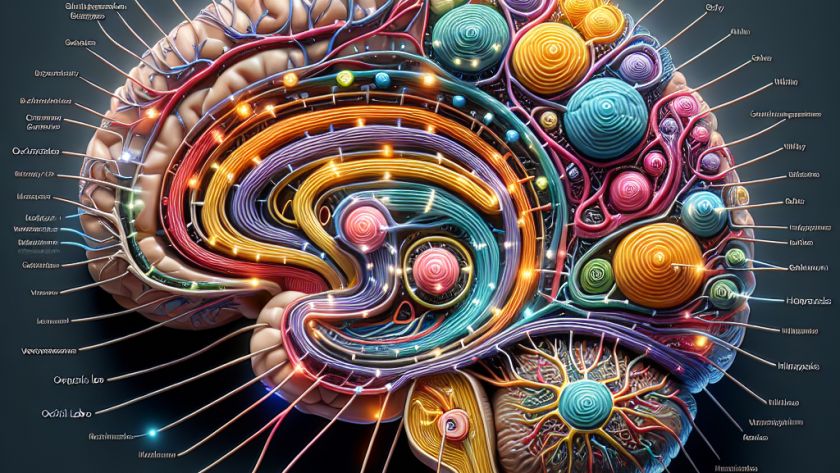Artificial Intelligence, Brain and cognitive sciences, Computer science and technology, Language, Machine learning, McGovern Institute, MIT Schwarzman College of Computing, MIT-IBM Watson AI Lab, Neuroscience, Research, School of Engineering, School of Science, UncategorizedApril 24, 2024197Views0Likes Using an artificial language network, neuroscientists from MIT have identified the type of sentences that most effectively activate the human brain's language processing centres. Their findings, published in Nature Human Behavior, show that the most stimulating sentences are those which are complex due to uncommon words or grammar, or unexpected meanings. Simplistic sentences or nonsensical…
Read More




